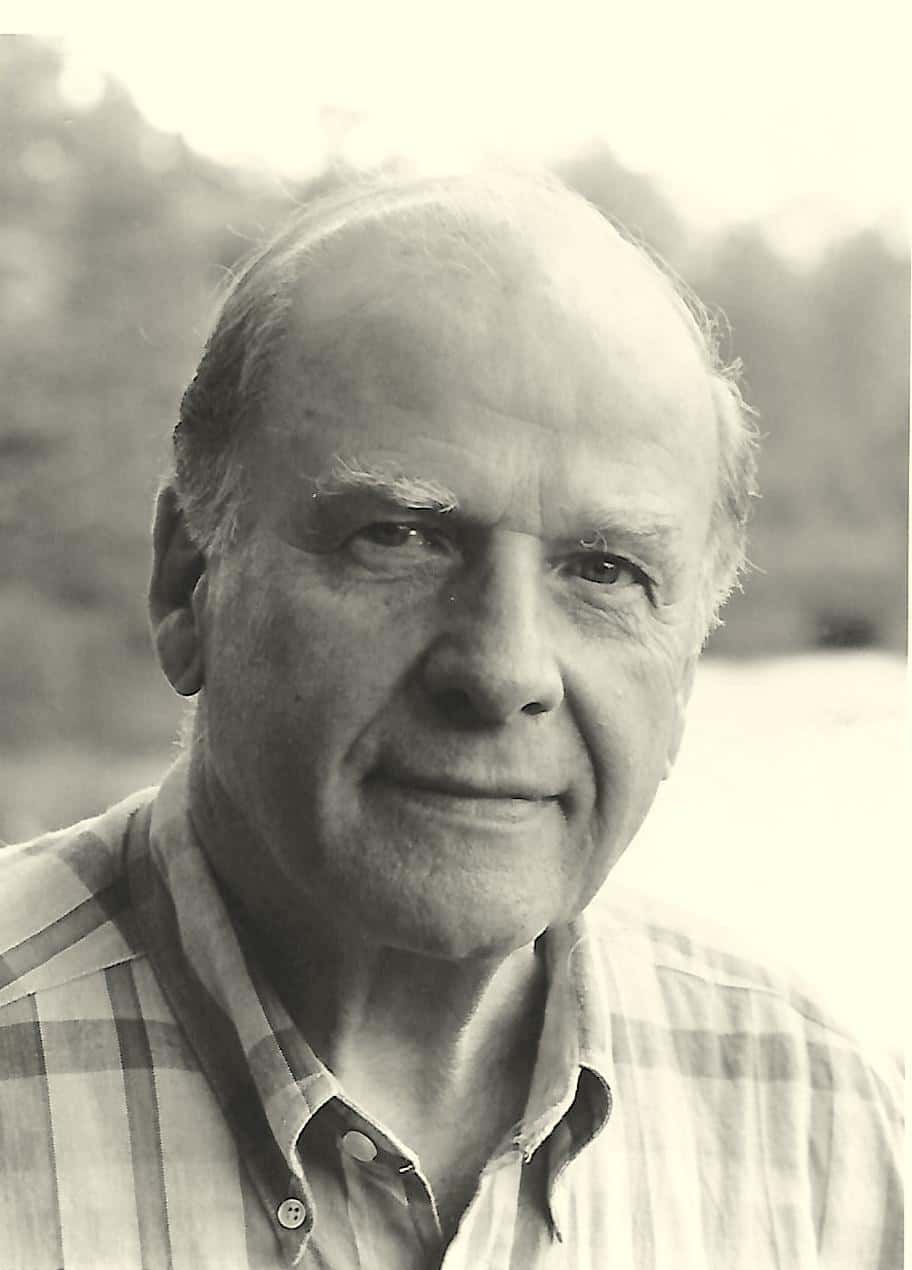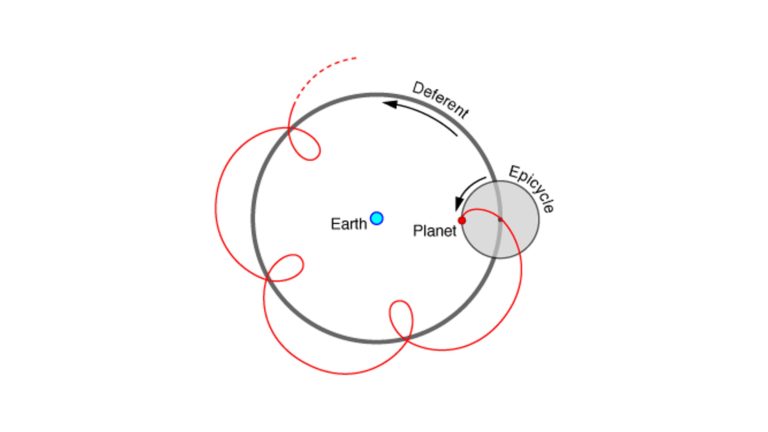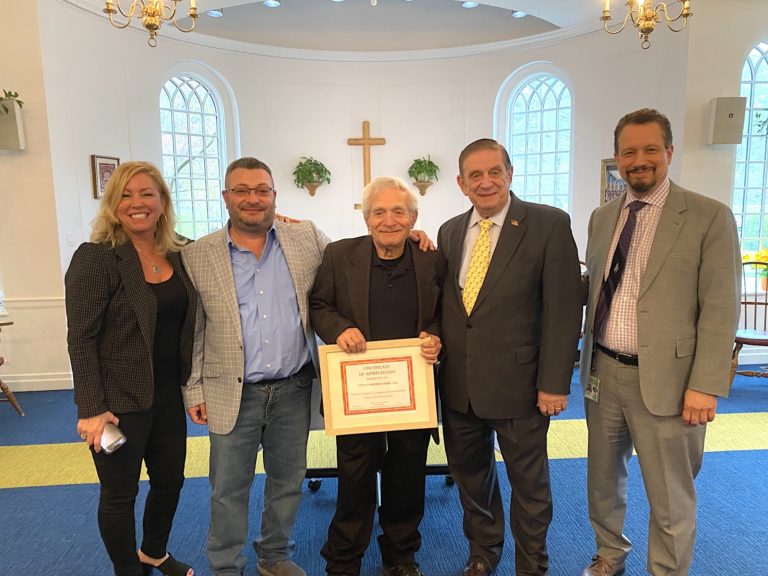
By Anne W. Semmes
With the natural rhythms of earth unfolding in spring beauty, the time comes again to celebrate Earth Day on April 22. This year marks its 50th anniversary! What an energizing moment for the environment traced back to 1970 that would give us a voice and awareness of the state of our planet and its needs, shared now by billions around the world.
Thank you, Earth Day founder, the late U.S. Senator Gaylord Nelson of Wisconsin, a most gracious and caring gentleman I met in Washington, D.C. in 1996. The first catalyzing moment Nelson told came to him in 1963, with his passion to preserve a beloved shoreline in Lake Superior in his home state, an archipelago called the Apostle Islands.

How he engineered those Islands into the National Park Service and brought the state of our environment into the national political dialogue – helped along by Rachel Carson’s “Silent Spring,” I will tell in brief. But, mind you, those in our own backyard had already moved in that direction.
So, why not, thought Nelson, enlist the personal witness of the President of the United States, John F. Kennedy with a first time presidential “conservation” tour to engage the nation in the need to address and protect the state of our environment? Included would be a flyover of those Apostle Islands. He would not let his childhood wander-land go the way of hotels and holiday homes. Lift off Air Force One September 1963, that brought Kennedy’s enthusiastic endorsement, but alas his death came two months later.
That national presidential conservation tour had failed to make the environment a national issue. And, it would take another five years for Nelson’s Senate Bill 621 “Apostle Islands National Lakeshore” to become reality. But, soon after, in 1969, while on a conservation speaking tour out West Nelson found the idea that would flower into Earth Day 1970. Seeing those anti-Vietnam War protests or teach-ins on college campuses so engaging, he thought why not have a nationwide teach-in on the environment?
Nelson’s outreach began with 50 governors and the mayors of major cities, “requesting they issue Earth Day Proclamations; “Earth Day” articles went out to all college newspapers explaining the event. “It took off like gangbusters,” Nelson wrote.
“Don’t ever forget,” he added, “If you want to move the nation to make hard decisions on important issues, the grassroots is the source of power. With it you can do anything-without it, nothing.”
In Greenwich, in the mid 1950’s, a family much committed to the environment was Anna and her husband Avery Rockefeller. They were especially bird lovers and named a home of theirs “Birdsong.” Anna, as a member of the Hortulus garden club, became involved with the Garden Club of America’s (GCA) Conservation Committee that distributed the pamphlet Anna helped to produce: “The World Around You – Our Natural Resources Educational Packet.” “It covered DDT, pesticides, air and water pollution, soil, grasses, watershed, and ‘buried treasure’ for your birds – what you could plant to encourage birds in your town,” shares Anna’s daughter Ann Elliman.
Anna would make numerous revisions in that pamphlet over the years, says Elliman, who would chair that GCA’s Conservation Committee sending it across the country into the 1980’s, when “its time was past.” The Anna M. Rockefeller Fund created in 1966 had helped make that distribution possible. Anna would receive notable recognition in her life for her conservation achievements, particularly for her work with that pamphlet, “The World Around You.”
In support of her mother’s green initiatives and surely her own Elliman established via the now Rockefeller Environmental Education Fund a GCA Coastal Wetlands Scholarship Award in 2000, “to promote wetlands conservation through the support of young scientists in their field work and research.” That graduate student opportunity is managed, notes Elliman, through The Virginia Institute of Marine Science of the College of William & Mary.
Elliman served for decades on the board of the Mianus River Gorge, a 935-acre nature preserve – adjacent to our town, primarily in Bedford, NY. That Preserve became in 1955 the very first acquisition of the Nature Conservancy. It has since been designated (in 1964) as the nation’s first registered Natural History Landmark for its “ magnificent cathedral of 350-year-old hemlocks” and its gorge of the Mianus River.

So, touché Gaylord Nelson!
That hemlock forest was named at one time (sign now missing) the “Gloria Anable Hemlock Grove,” for an amazing lady. It was Stamford resident, Gloria Hollister Anable, having organized a group of concerned citizens who had reached out in 1954 to the Nature Conservancy to help save the Gorge. Gloria, who I met, was an amazing lady explorer, scientist and conservationist who set a women’s world record for ocean descent in a bathysphere off Bermuda.
And then there is Phoebe Milliken – what would we have done without her help in saving the Byram River Gorge Preserve? But you can read of that in her interview in the “Conservation in Greenwich” collection at Greenwich Library’s Oral History Project.




